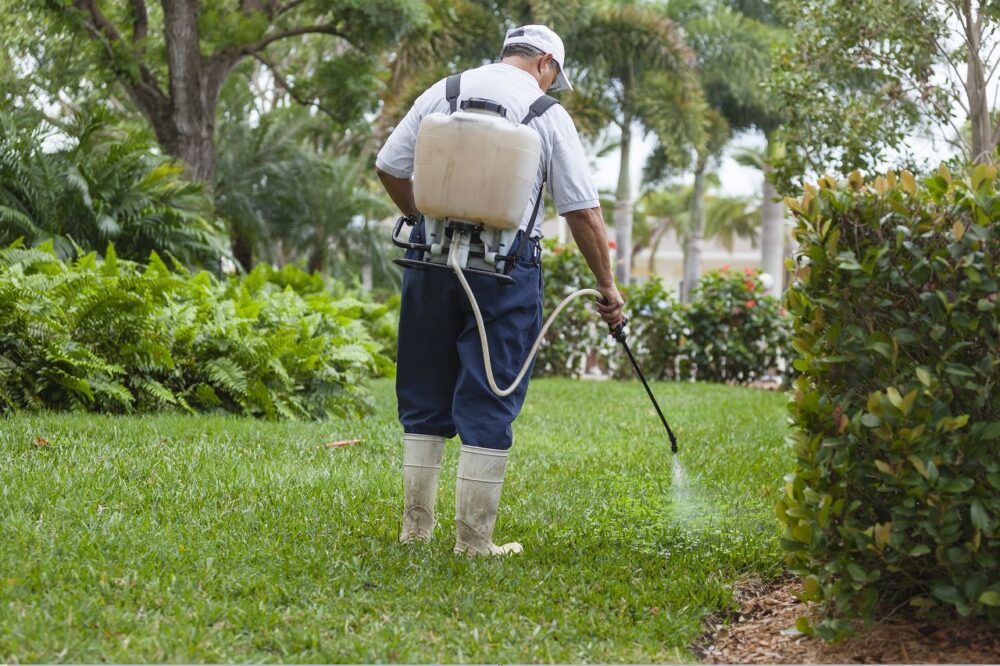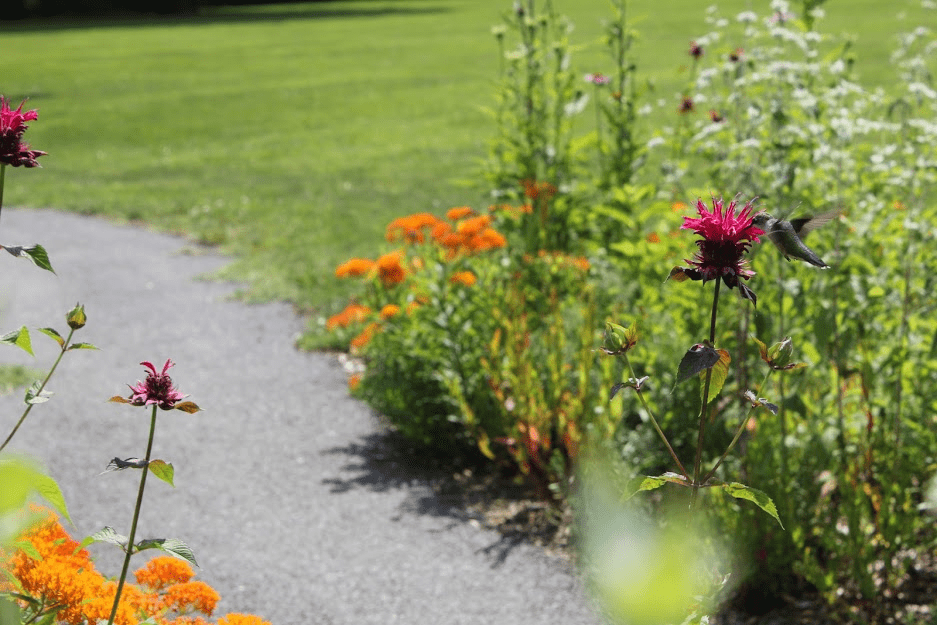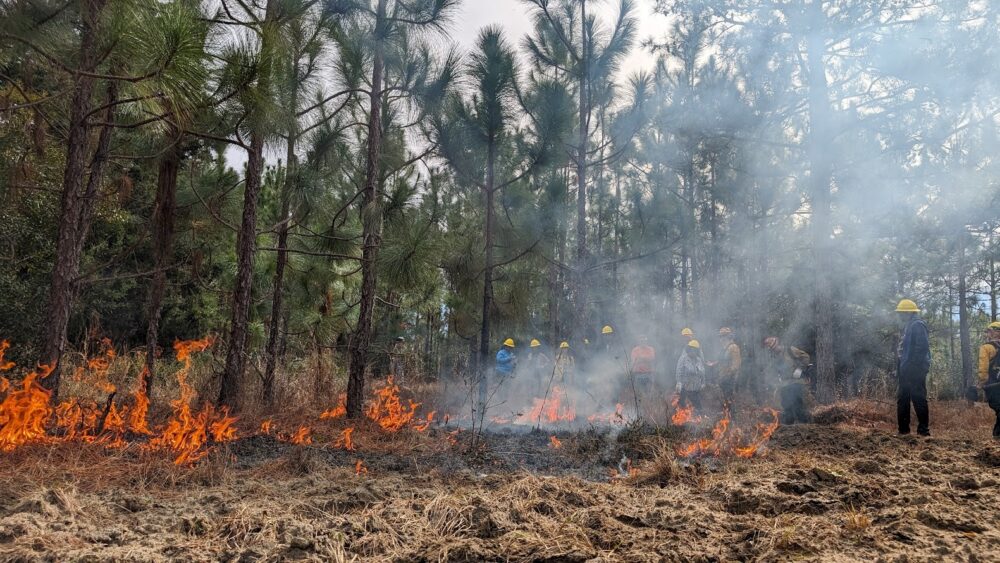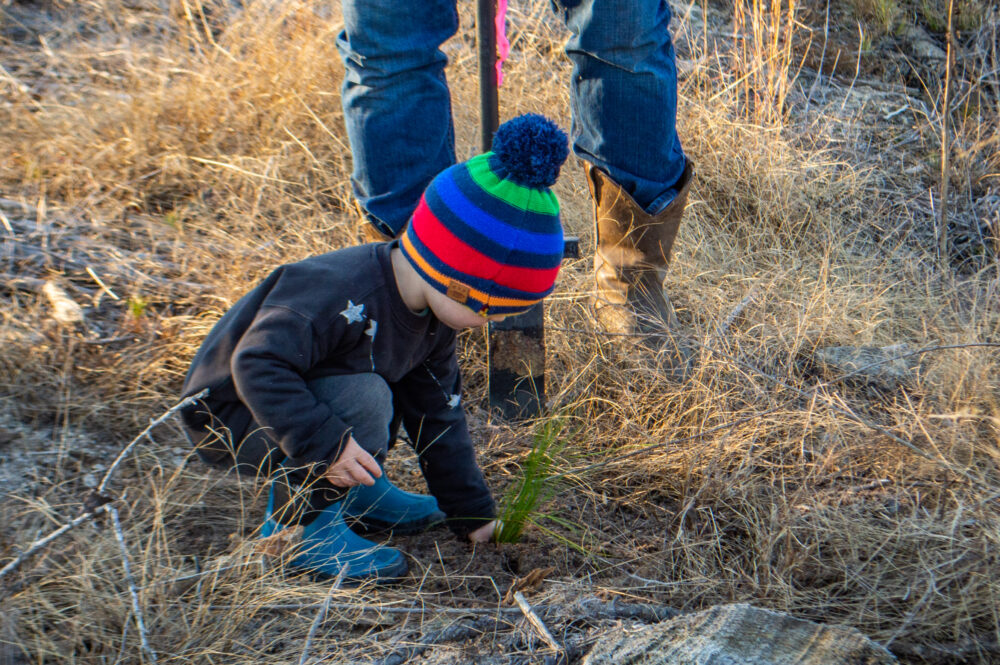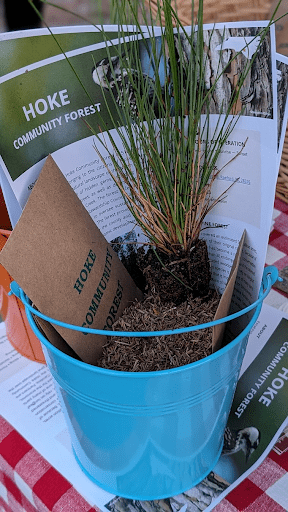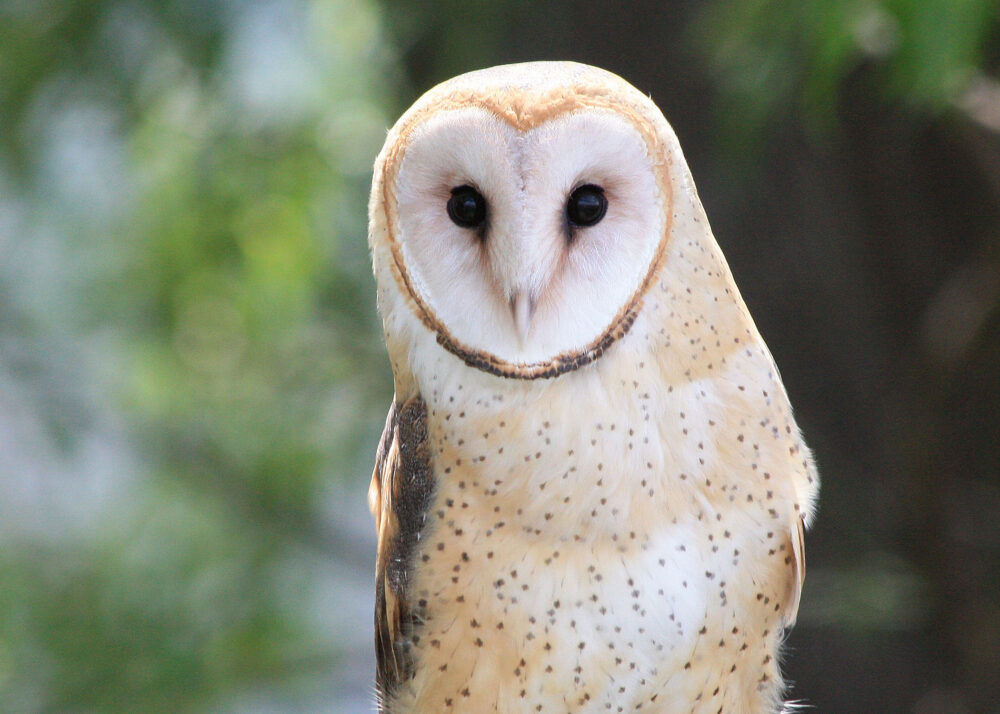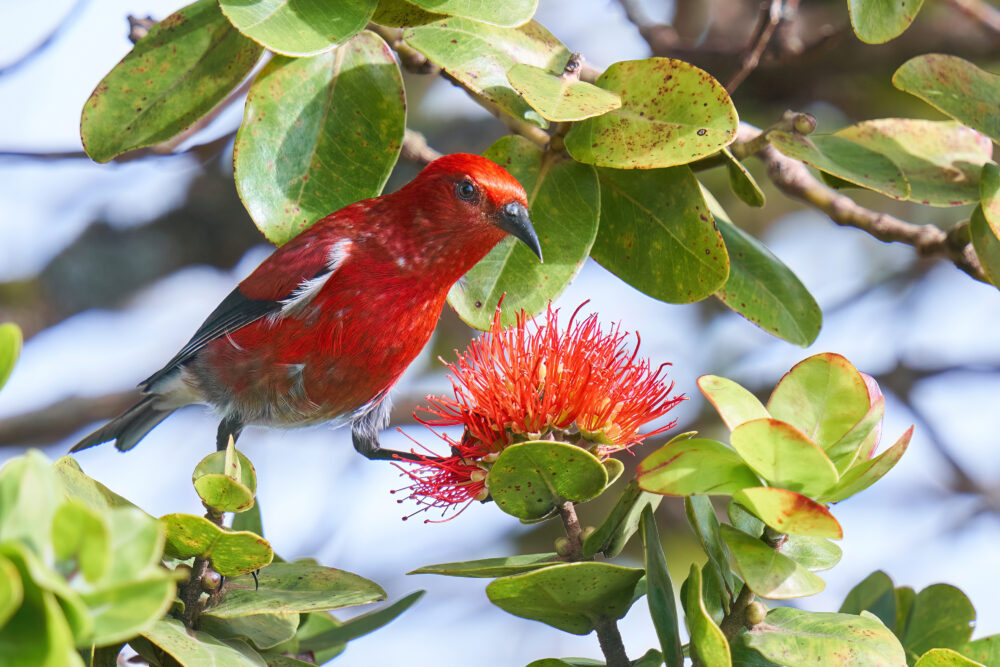We have much more to do and your continued support is needed now more than ever.
How to Keep Wild Raccoons Wild
Whether you live in the country, the city or the suburbs, if you’re frequently out and about after sunset, you’ve likely encountered a raccoon or two in your yard or neighborhood. Highly adaptable mammals, these masked carnivores seem to make themselves at home pretty much anywhere in the United States.
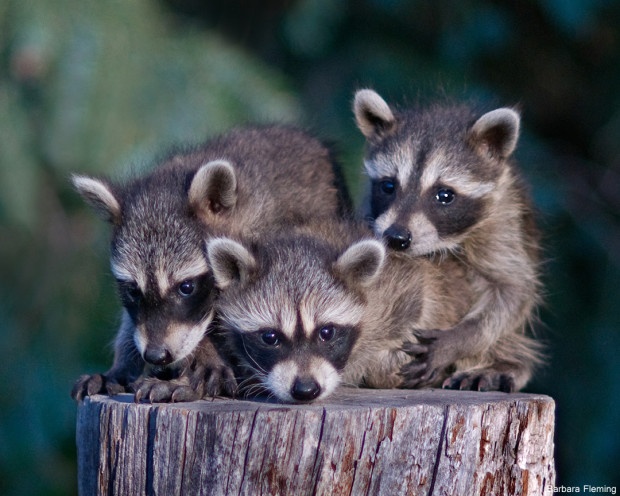
Human-Wildlife Conflicts
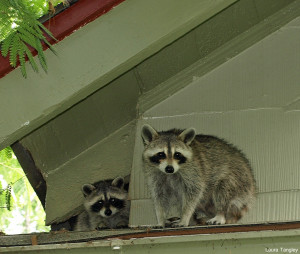
As both an animal lover and naïve new homeowner, I was thrilled several years ago when I discovered that a mother raccoon and her kits had taken up residence in a crawl space above my front porch. Noticing how skinny the hardworking mom was, I started putting out a dish of cat food for her each night. Pretty soon, her weaned kits began to come out to share the feast. As the youngsters grew, they became tamer and bolder, hanging out on my roof to wait for me to come home from work. The kits even learned to recognize my car and would rush to the street as I climbed out, jumping up on my legs like puppies.
Only later did I realize I was putting both the raccoons and myself at risk. The common raccoon is one of four wild animal species (along with the bat, fox and skunk) considered primary carriers of rabies in the United States, and the animals’ feces readily transmit roundworm and other pathogens. Even disease-free, “Laura’s raccoons” quickly became neighborhood nuisances, approaching people too closely and wreaking havoc with lawns (digging for worms) and trashcans. No doubt some annoyed or frightened neighbors called animal control to come out and help.
Living Responsibly With Raccoons

-
- Enjoy raccoons from a distance. Do not handle, feed or accidentally attract raccoons with open garbage cans or dirty outdoor grills.
- Feed your pets indoors.
- Do not keep raccoons or other wild animals as pets.
- If you find an injured raccoon or abandoned kit, do not try to rescue it yourself. Contact your local animal-control agency or a licensed wildlife rehabilitator for help.
- Check outside your home for openings and seal or cap them (after making sure no animals already have made it inside).
- If you discover raccoons living in an attic, chimney or other interior cavity, try to evict the animals by leaving lights on or playing loud music on a battery-operated radio. If this doesn’t work, contact a humane wildlife-control specialist for assistance.
- Once you’re sure the raccoons have left, seal the opening they’d used with caulk, heavy-duty hardware cloth or wood. Replace missing shingles and cap chimneys and exhaust vents.
- Never try to smoke raccoons out of a chimney or seal any opening until you know all of the animals are out of your house.
Create Natural Habitat For Wildlife
Once certain that your home is raccoon-free, you can responsibly enjoy these fascinating and intelligent animals. The best way to help raccoons, along with other native wildlife, is to protect and restore natural habitat in your garden and throughout your community.
“There are right ways to help and enjoy wildlife in our cities and towns, and there are wrong ways, says NWF Naturalist David Mizejewski. “Artificially feeding raccoons, and allowing them access to your home, are the wrong ways. Restoring native plant communities creates a natural food chain for raccoons and offers them safe cover and places to raise young.”



